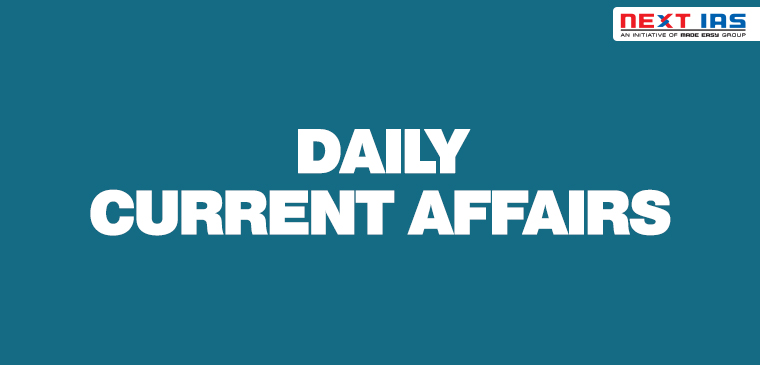
In News: NITI Aayog recently circulated a discussion paper on a proposed revision in the National Food Security Act (NFSA), 2013.
National Food Security Act (NFSA) 2013
- It was enacted in July, 2013 which gives legal entitlement to 67% of the population (75% in rural areas and 50% in urban areas) to receive highly subsidized foodgrains.
- Under the Targeted Public Distribution System (TPDS), foodgrain is sold at a highly subsidized prices of Rs. 1/-, Rs. 2/- and Rs. 3/- per kg for nutri-cereals, wheat and rice respectively.
- Under sub-section (1) of Section 3 of the Act, the term “eligible households” comprises two categories
- Priority households category is entitled for 5 kg per person per month.
- Antyodaya Anna Yojana (AAY) families are entitled for 35 kg per family per month.
- Coverage under the Act is based on the population figures of Census, 2011. The Act is now being implemented in all 36 States/UTs and covers about 81.35 crore persons.
- This overall figure has been divided among the states and Union Territories, based on the NSSO Household Consumer Expenditure Survey 2011-12.
- The Department of Food and Public Distribution under the Ministry of Consumer Affairs, Food & Public Distribution is the nodal ministry for implementing this Act.
Need for Revision
Food subsidy bill has increased significantly and reached Rs 4.22,618 crore for 2020-2021, according to revised estimates for the year due to following reasons:
- Revision of Central Issue Price due since 2016: The subsidised prices were fixed for 3 years from the date of commencement of the Act as per Schedule-I of the Act.
- The date for revision was 2016 but it was never done.
- The revised prices cannot exceed the minimum support price for wheat and coarse grains, and the derived minimum support price for rice.
- Economic Survey 2020-21 also recommended it.
- No Update on Coverage list: Section 9 of the Act deals with an update of coverage of population under the Act.
- Section 9 of NFSA 2013: The percentage coverage under the Targeted Public Distribution System in rural and urban areas for each State shall, subject to sub-section (2) of section 3,
- be determined by the Central Government and
- the total number of persons to be covered in such rural and urban areas of the State shall be calculated on the basis of the population estimates as per the census of which the relevant figures have been published.”
- But this data is too old (of 2013) and there may be exclusion and inclusion errors.
- Also different states and Union Territories are demanding an annual updating system.
- The Shanta Kumar committee report had recommended reducing the coverage rate from 67 percent of the population to 40 percent.
- Section 9 of NFSA 2013: The percentage coverage under the Targeted Public Distribution System in rural and urban areas for each State shall, subject to sub-section (2) of section 3,
Provision suggested by NITI Aayog
- Reduction in Coverage Ratio: National rural and urban coverage ratio be reduced from the existing 75-50 to 60-40.
- If this reduction happens, the number of beneficiaries under the NFSA will drop to 71.62 crore (on the basis of the projected population in 2020).
- To make these changes, the government will have to amend subsection (2) of Section 3 of the NFSA with parliamentary approval.
Implication for Centre and States
- Burden of Food Subsidy will reduce: If the national coverage ratio is revised downward, the Centre can save up to Rs 47,229 crore (as estimated by the NITI Aayog paper).
- If the rural-urban coverage ratio remains at 75-50, then the total number of people covered will increase from the existing 81.35 crore to 89.52 crore, an increase of 8.17 crore.
- This estimate by the NITI Aayog is based on the projected 2020 population, and, according to the paper, will result in an additional subsidy requirement of Rs. 14,800 crore.
|
Terminology used
|
Source: IE
Previous article
Species In News: Himalayan Serow
Next article
EX Desert FLAG VI